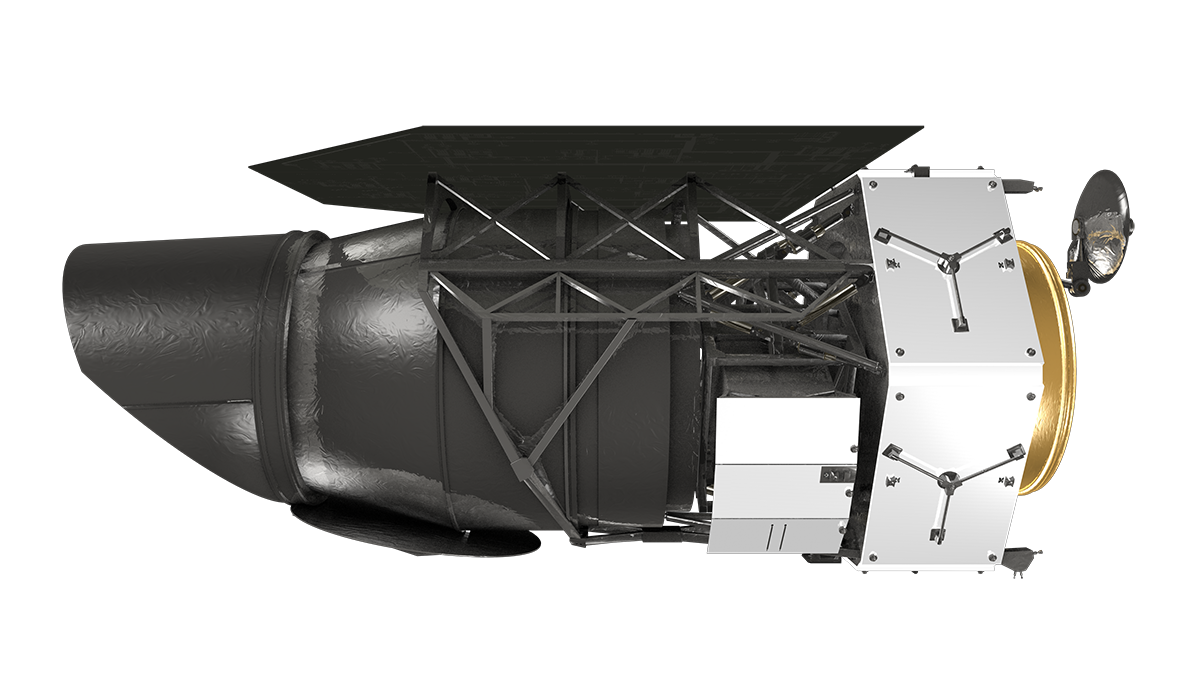


This is the perfect location for an infrared space telescope, as it can stay permanently oriented away from the heat signatures of both the Sun and Earth. The gigantic sunshield is crucial to keeping the observatory cold, as is the telescope's orbit: a a halo orbit around L 2.Īt L 2, JWST will orbit the Sun in time with Earth, but 1.5 million km in the opposite direction from the Sun.

Welcome to L 2Īs an infrared telescope, the joint Canadian Space Agency/European Space Agency/NASA observatory must stay at a super-cold 40 kelvin (-233☌/-387☏) for scientific observations. These will bend the segments of the primary to give the parabolic mirror its initial curvature. An additional 18 "radius of curvature" actuators drove out of their stowed launch position as well. They didn't move far - the primary segments moved only 12.5 millimeters. The controllers also issued the commands for 132 actuators on the primary and secondary mirrors to drive 18 mirror segments out of their stowed launch position for initial individual focusing and adjustment. Controllers fist-bumped as the unfolding of JWST completed. (If it did, it would have had to rotate sunward to "put on the brakes," wasting precious fuel and exposing the optics to the Sun.) With the course correction burns complete, team engineers now estimate that JWST will have enough fuel to last well past its 10-year planned extended mission.įitting the 6.5-meter mirror observatory in the Ariane 5 rocket fairing necessitated the design of a telescope that could fold up in a stowed-away configuration for launch, then unfold once it was in space.Īlong the way to L 2, the observatory unfurled and tensioned its sunshield, unfolded its primary and secondary mirrors, and performed small correction burns, as controllers learned just how the telescope and components would react to the cold vacuum of space. In fact, the rocket deliberately underpowered the launch by a small amount, so the observatory would not overshoot its target.

The Ariane 5 rocket launch was so accurate that less fuel than anticipated was required for the two planned mid-course correction burns. Launched on Christmas Day 2021 from the Guiana Space Center, JWST took just over 29 days to transit from Earth to L 2. #space #astronomy #astrophotography /bkTg3WXVAV Amateurs and ground-based telescopes tracked JWST all the way to its destination:Ĭaught the #jameswebbtelescope from my backyard! Timelapse of 5-min exposures from 9-10:20 PM. We’re one step closer to uncovering the mysteries of the universe.” “Congratulations to the team for all of their hard work ensuring Webb’s safe arrival at L2 today. “Webb, welcome home!” said Bill Nelson (NASA-Administrator) in a recent press release. Engineers reported that the telescope is in good health. EST (19:00 UT), the James Webb Space Telescope (JWST) fired its thrusters for five minutes, putting it into the start of a halo (Lissajous) orbit around the Sun-Earth (L 2) Lagrange point 1.5 million km (almost a million miles) beyond Earth's orbit. NASA’s newest space telescope has arrived at its new home in space. An artist's conception of JWST at L 2, its tennis court-size sunshield facing sunward.


 0 kommentar(er)
0 kommentar(er)
